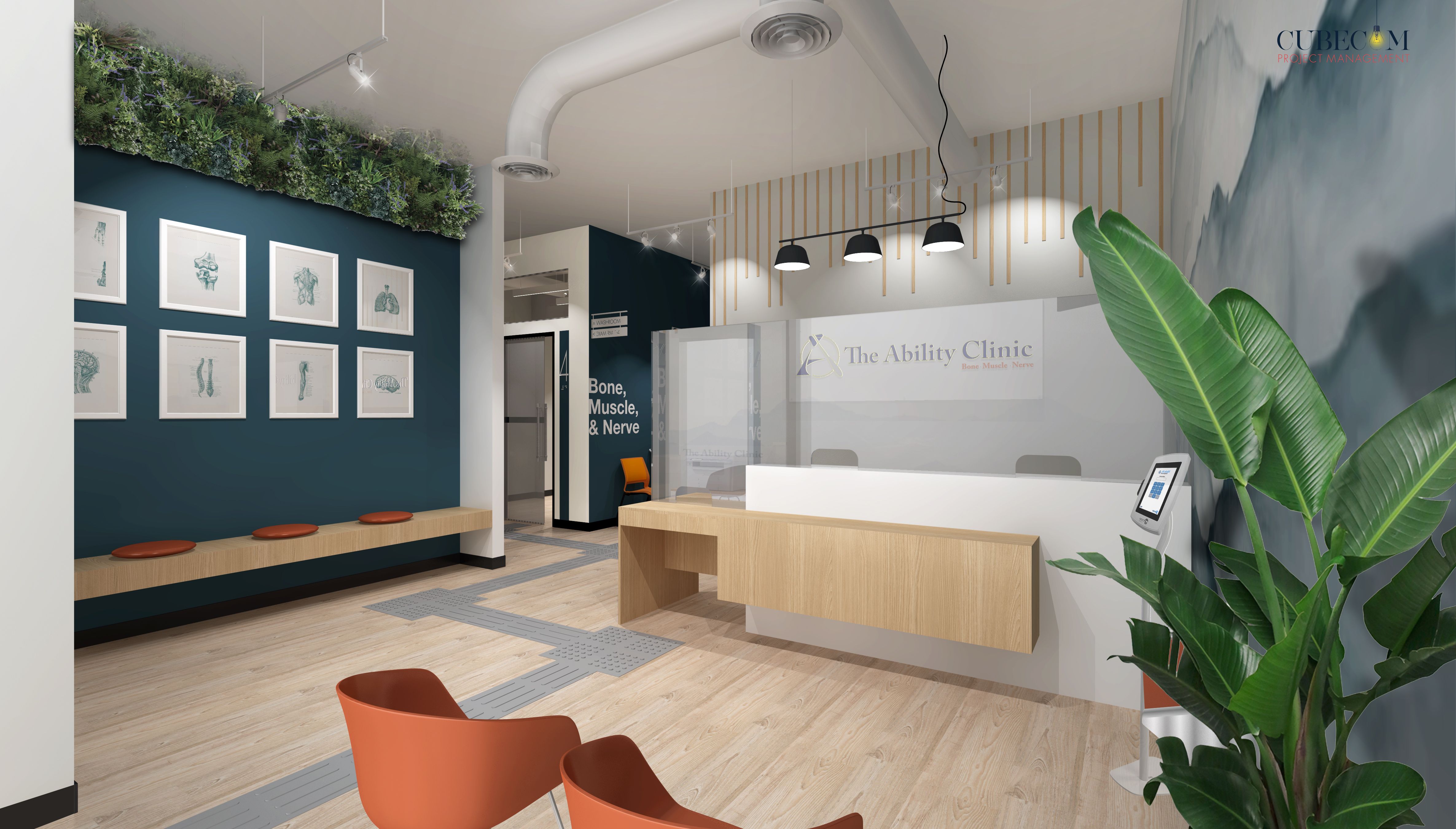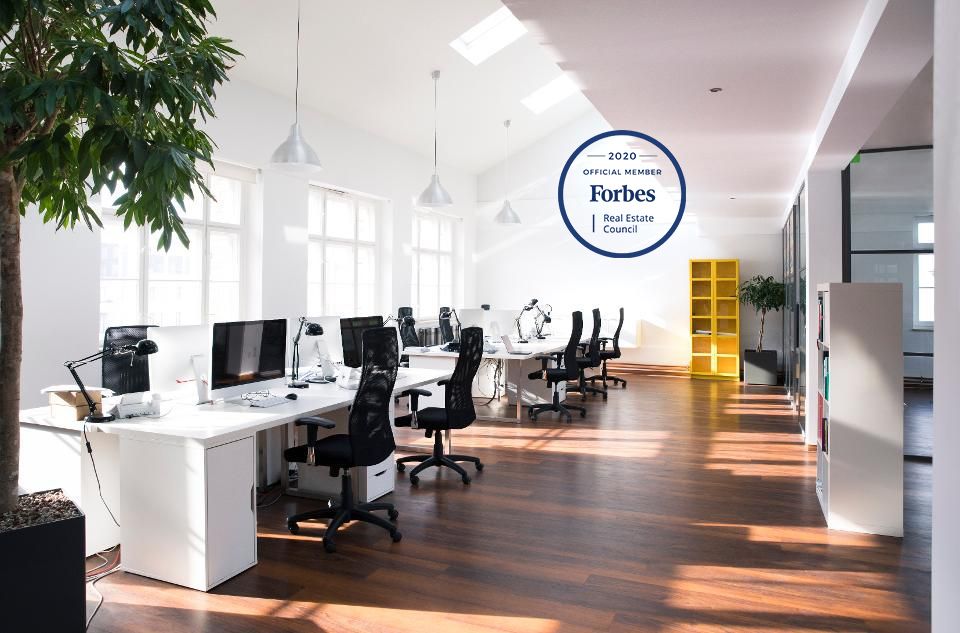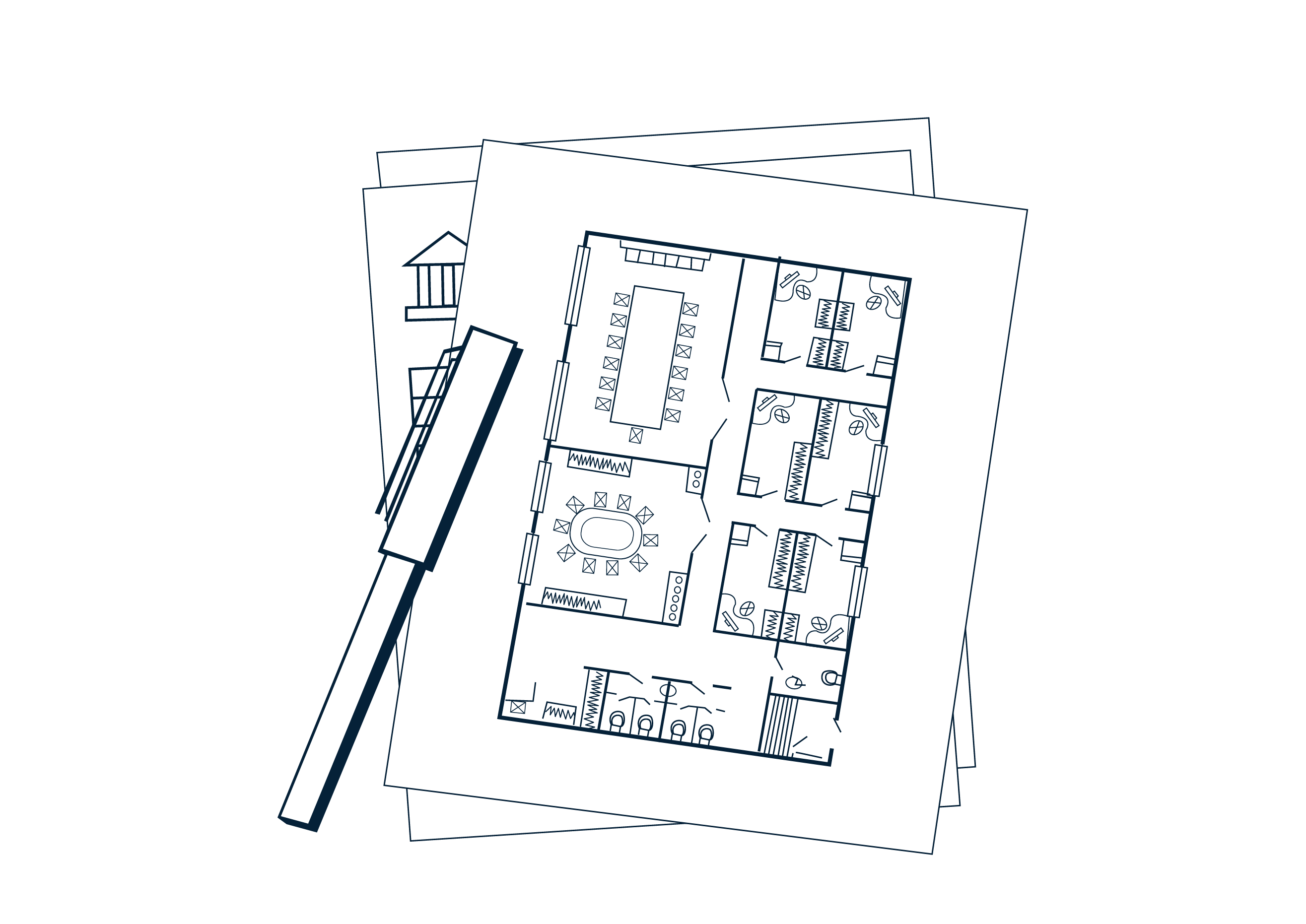2440 Views | Sep 04 2019, 01:32am
Flex Space Is The Solution to the Ever Increasing Demand for Office Space in Toronto
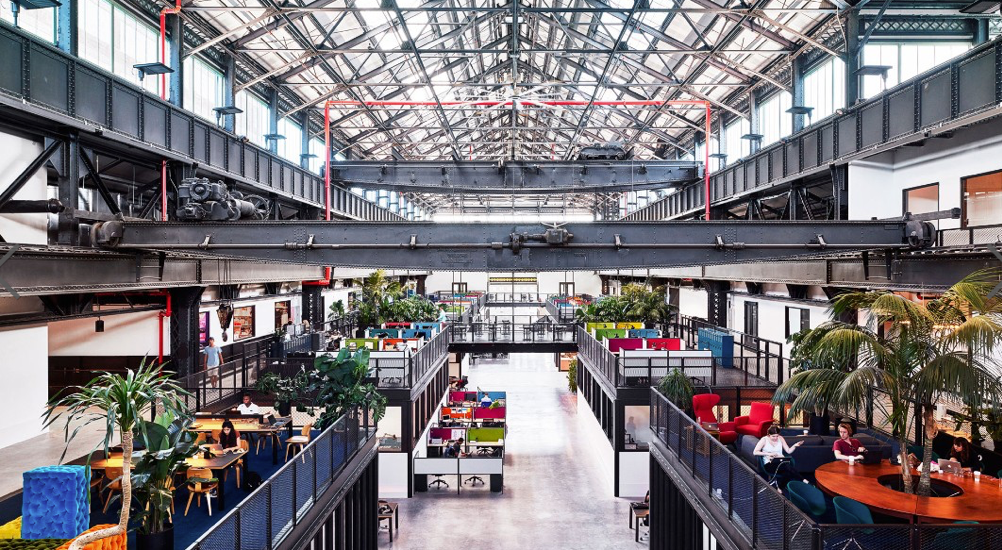
The current trend of office users moving away from their traditional downtown office spaces may seem like a newly sprouted movement. On one hand, we can see the demand for space in the downtown core of Toronto is just as hot as it was during the 2017 residential boom seen across the GTA, that had potential homeowners fighting with cheque books in hand. However, Toronto’s office vacancy rates are consistently low, and the demand for supply of new offices is insatiable. As a result, tenants are moving away from the city and finding alternative opportunities in the hot commercial market, by repurposing industrial and underutilized properties in new areas of Ontario that haven’t been considered in the past.
With the power of open source data, business owners are becoming more knowledgeable in the current leasing market and are making better business and marketing decisions to improve their investing and finance decisions for their companies. Therefore, they are also putting more thought into planning for their office spaces. While there are billions of square footage of planned office space that will become available in the next few years, the tech sector has monopolized many pre-construction projects by pre-leasing upcoming spaces, driving traditional office rates up in the downtown core. The tech start-up boom in Toronto is a contributing factor to the ongoing shortage of office space and has pushed companies and business owners to re-evaluate and consider more nonconventional spaces such as the widely defined “Flex Space.”
Retail Conversions solving Landlord and Tenant needs
The trend of tech companies leasing in Toronto is changing how business owners lease office space and is driving business owners to find new value in the market. With this trend, traditional office users are simultaneously affecting the retail sector with continued conversion of retail to redefined flex office space to accommodate their companies. As e-commerce continues to grow, big box stores around the surrounding suburbs of major cities are finding they have to be more creative with their retail spaces. For example, abandoned shopping malls and plazas are being turned into retail/office flex space conversions. The benefits of immense parking ratios, amenities of nearby retailers, and large floorplates are very attractive to tenants and landlords alike, who are symbiotically solving each other’s needs for repurposed office space and zero vacancies. In this process, Landlords are able to create new opportunities and a new need for flex space.
MORE ON CURRENT TRENDS IN FLEX SPACE
The New York Times, The New Mall Tenant Is Your Office
CNN, Why Warehouse Conversions are Sweeping the Globe
Financial Post, There's a chronic shortage of office space in Toronto amid rising demand from tech companies
Office Architecture Trends are Changing
Companies have discovered that on any given work day, a large percentage of their office space is unoccupied. In some cases up to as much as 50%, given that at any point, plenty of businesses allow staff to work from home, travel for work or take vacations. To avoid having to lease or buy more square footage, flex space allows a company to have a higher occupancy of multi-use space and reduce wasted work areas and unused space. While retailers are starting to provide much needed flex space, industrial buildings are as well. Even though they may not offer the stature of CBD Class A assets, they are generally well located, close to 400 series highways, have excellent signage exposure, attractive parking ratios and open, spacious environments for potential tenants. Industrial buildings also offer the architectural trend that office users currently desire. Looking for their company culture and morale, features such as high ceilings, exposed concrete, and interesting building features and amenities that make these flex space options so unique. Most of the GTA opportunities frequently have warehousing capability that brings in tenants from industries such as engineering, contracting, medical/pharmaceutical laboratories, research and development firms, financial services etc.
The flex space trend has been said to leverage technology in order to improve how we design, build new developments and share knowledge. However, with more companies moving to more unique conversion style spaces, there are a few things to be wary of. Security issues, ideal views, maintaining company culture and convenience of nearby amenities, just to name a few. Larger companies who would like to enjoy ample space, save money, and are open to spaces outside of the downtown core should consider the trendy move to new geographical opportunities. While smaller companies who are looking for value in a lower cost-efficient space for their company to grow, should also look at their geographical boundaries to see if a flex office space could be in their horizon.
STAY INFORMED

CUBECOM CHRONICLES:
Your guide to the most important news on Commercial Real Estate, Industry Trends and Business Advice for Entrepreneurs.
Edited by: Linh Nguyen
MORE CHRONICLES

Mar 08, 2021
Downtown Toronto Office 2020 Real Estate Recap

Mar 20, 2020
What to do with your commercial lease during COVID19
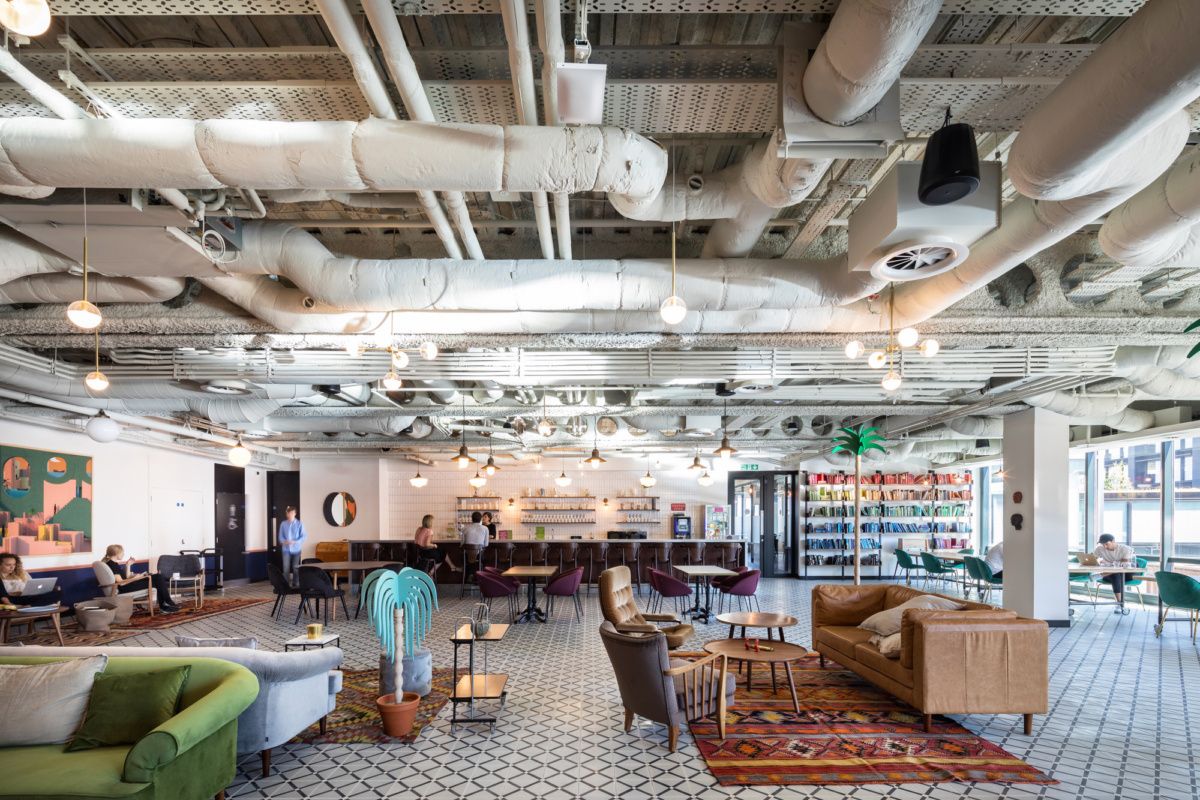
Feb 25, 2020
Creating Privacy in Open Plan Offices






